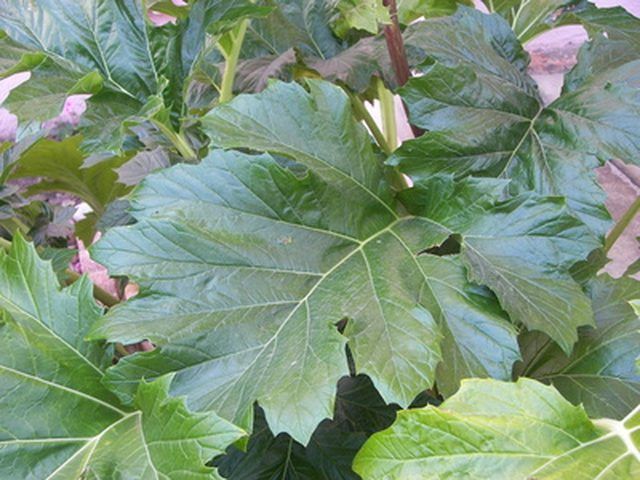Bulbs
Flower Basics
Flower Beds & Specialty Gardens
Flower Garden
Garden Furniture
Garden Gnomes
Garden Seeds
Garden Sheds
Garden Statues
Garden Tools & Supplies
Gardening Basics
Green & Organic
Groundcovers & Vines
Growing Annuals
Growing Basil
Growing Beans
Growing Berries
Growing Blueberries
Growing Cactus
Growing Corn
Growing Cotton
Growing Edibles
Growing Flowers
Growing Garlic
Growing Grapes
Growing Grass
Growing Herbs
Growing Jasmine
Growing Mint
Growing Mushrooms
Orchids
Growing Peanuts
Growing Perennials
Growing Plants
Growing Rosemary
Growing Roses
Growing Strawberries
Growing Sunflowers
Growing Thyme
Growing Tomatoes
Growing Tulips
Growing Vegetables
Herb Basics
Herb Garden
Indoor Growing
Landscaping Basics
Landscaping Patios
Landscaping Plants
Landscaping Shrubs
Landscaping Trees
Landscaping Walks & Pathways
Lawn Basics
Lawn Maintenance
Lawn Mowers
Lawn Ornaments
Lawn Planting
Lawn Tools
Outdoor Growing
Overall Landscape Planning
Pests, Weeds & Problems
Plant Basics
Rock Garden
Rose Garden
Shrubs
Soil
Specialty Gardens
Trees
Vegetable Garden
Yard Maintenance
How to Grow Elephant Ear Plants in Texas
How to Grow Elephant Ear Plants in Texas. Elephant ears (Colocasia esculenta), or Taro, are plants native to the highland tropical parts of the world. The bulbs, or corms, are edible when cooked and are an important source of food in many parts of the world. In Texas, elephant ears are easily grown in the coastal regions where they thrive and...

Elephant ears (Colocasia esculenta), or Taro, are plants native to the highland tropical parts of the world. The bulbs, or corms, are edible when cooked and are an important source of food in many parts of the world. In Texas, elephant ears are easily grown in the coastal regions where they thrive and reproduce rapidly in coastal USDA Hardiness Zones 9 and 10. In colder areas of Texas that fall in USDA Hardiness Zones 6 through 8, Elephant Ears can still be grown in the summer garden but will need protection in the winter.
Things You'll Need
Shovel
Compost
Balanced garden fertilizer
Locate an area of the garden that is located in part shade, or full shade with dappled sunlight, for planting elephant ears. Elephant ears spread up to 5 feet and grow to 5-feet tall in one season. Elephant ears prefer a moist area with deep acidic soil enriched with lots of organic matter.
Clear the area of competing weeds. Add up to a 2- to 3-inch layer of well-rotted compost and mix into the soil where the elephant ears will be planted. Do not add fertilizer at this time.
Plant the elephant ear corms in the ground with the blunt side down and deep enough so they are covered with 2 inches of soil. If the corm is very round and you cannot tell which end is the blunt or bottom end, plant the corm on its side. You can see natural lines across the corms that are parallel to the ground.
Fertilize with a balanced garden fertilizer once a month during the growing season. If you use a timed released fertilizer apply as recommended. Elephant ears appreciate a high fertility level, but don't add more fertilizer than recommended.
Water the elephant ears often. While actively growing, you cannot overwater them. However, when they start to turn yellow and decline in the fall, taper off the amount of water and fertilizer given to the plants. The corms will rot if given too much water late in the season.
Tips & Warnings
In USDA Hardiness Zone 8 and colder, wait until the plants drastically decline in the fall but before freezing temperatures arrive and dig up the corms, cutting the stalk off at the corm. They can be easily divided at that time by pulling the corms apart. Be careful not to damage the corms with your shovel or planting tool when digging.
Store indoors in a cool dark area (60 degrees F) such as a cardboard box surrounded by dry sawdust or dry peat moss until after danger of frost has passed and replant. Check on them occasionally to be sure they are dry and not mildewing or rotting.